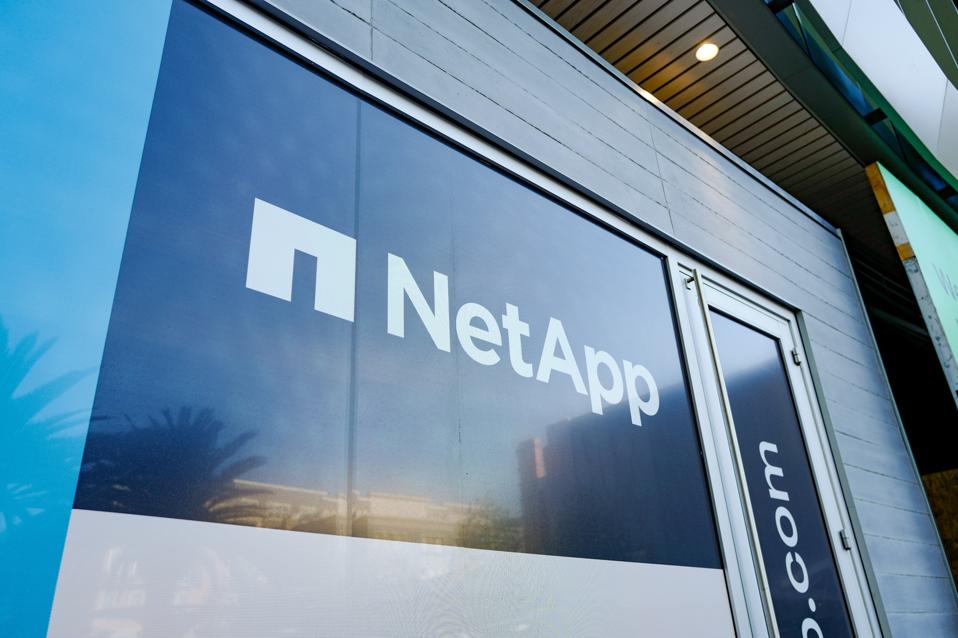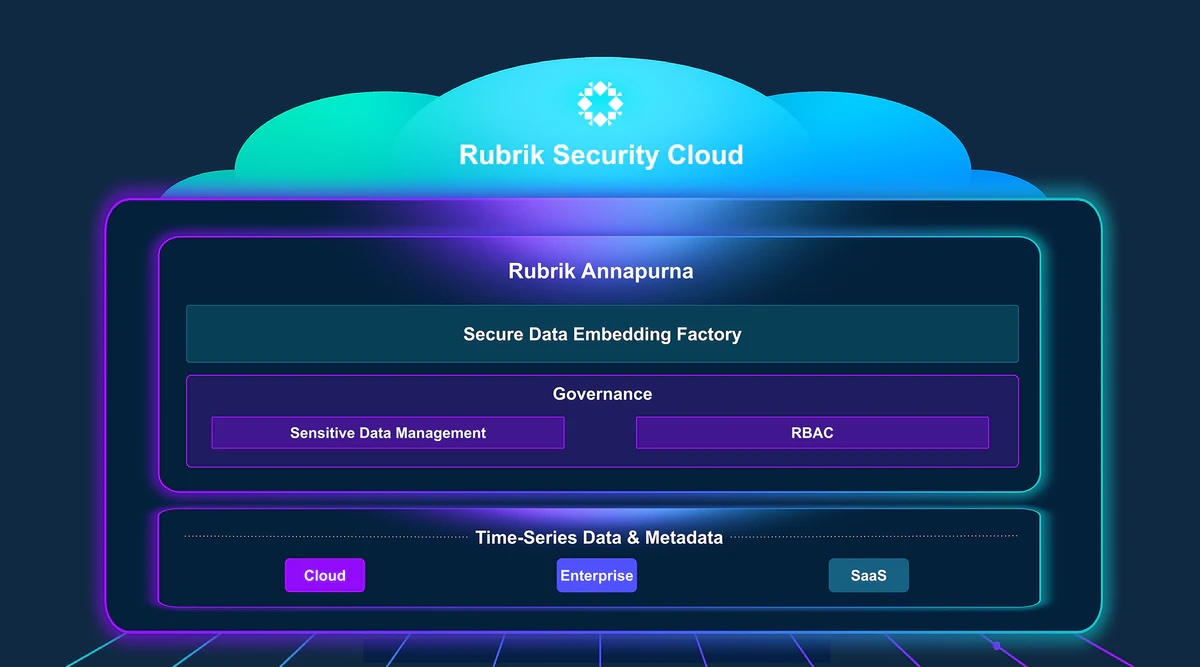At its Google Cloud Next event, Google announced its new in-house designed Axion processor, a series of custom Arm-based CPUs explicitly designed for data center applications. These processors are part of Google’s continued investment in custom silicon to enhance its cloud computing services’ performance and energy efficiency.
Built on the high-performance Arm Neoverse V2 CPU platform, Axion processors are designed to outperform the fastest general-purpose Arm-based instances available in the cloud today by up to 30% and offer up to 50% better performance and up to 60% better energy efficiency compared to comparable x86-based instances.
Axion processors are supported by Titanium, Google’s system of purpose-built custom silicon microcontrollers and tiered scale-out offloads that enhance platform operations such as networking and security. This allows the Axion processors to focus more on executing customer workloads with improved performance.
According to Google, Axion delivers up to 30% better performance than the fastest general-purpose Arm-based instances available in the cloud today and up to 50% better performance alongside up to 60% better energy efficiency than comparable current-generation x86-based instances.
This level of performance and efficiency is particularly appealing in a market where computational demands are continuously increasing, and energy efficiency is becoming a crucial factor for operational sustainability and cost management.
The Google Axion processors will be available to Google Cloud customers in preview “within a few months,” and Google has indicated that it is already using the new parts for many of its cloud services.
Analysis
Google’s Axion processor shows Google following AWS and Azure in its shift towards custom silicon for enhanced performance and energy efficiency in its data center.
In developing the Axion processors, Google aligns itself with a growing industry trend where leading cloud providers invest in custom silicon to differentiate their offerings. This approach enhances performance and efficiency and allows for greater control over the integration of hardware and software, optimizing the overall cloud infrastructure for specific workloads.





